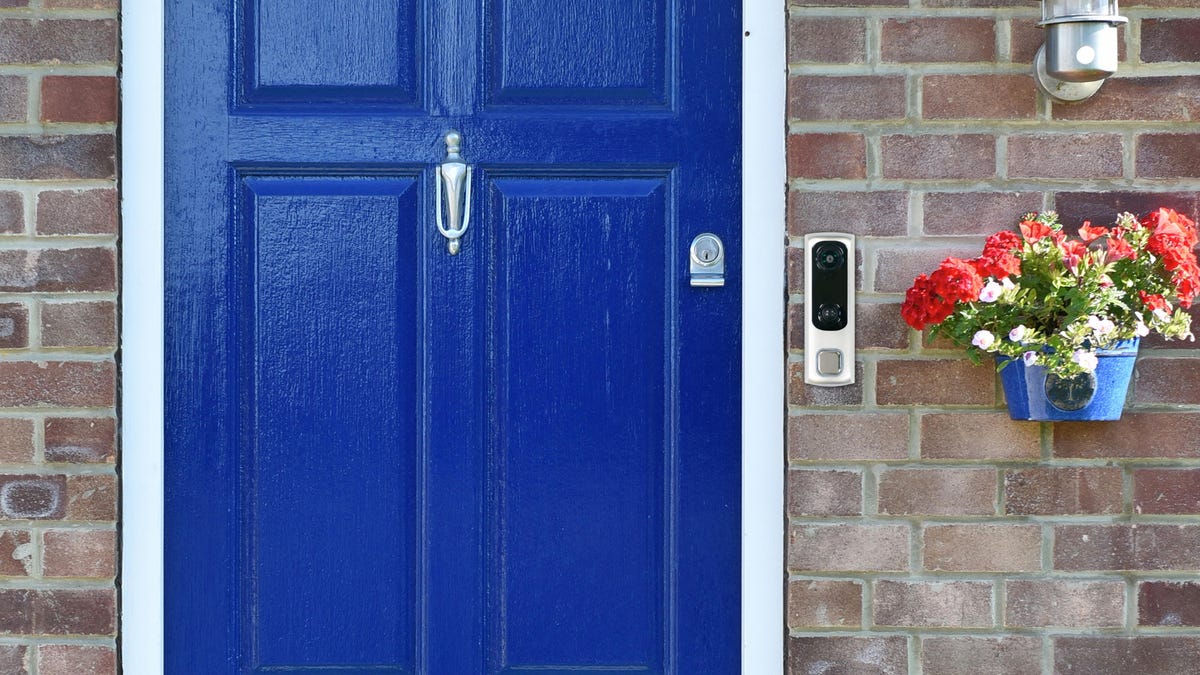LifeShield launches a video doorbell, gets Google Assistant controls
Both are nice gets in the increasingly competitive smart home security category.

The video doorbell category is continuing to take off, and home security providers don't want to be locked out by flashy, tech-centric competitors such as Ring and Nest.
The latest name to defend its front door turf is LifeShield, which today announced the new LifeShield Doorbell Camera. Pricing isn't finalized yet, but the company expects it to arrive in the second quarter of 2019.
LifeShield's video doorbell is Wi-Fi enabled and designed to fit right in with LifeShield's existing home security setups. From the look of the specs, it checks most of the boxes you'd want a video doorbell to check, with a 1080p night-vision camera, support for two-way talk, cloud storage of motion-activated video clips and the option of a wired or battery-powered installation.
Speaking of motion, LifeShield claims that the doorbell can distinguish between people and other objects to help reduce the number of false alerts. The doorbell doesn't offer facial recognition though, which has recently started to emerge as an advanced, higher-end feature on some products like these. Personally, I don't think I'd miss it -- outward-facing facial recognition tech at your door can start to approach some thorny territory with regards to privacy, as Ring recently discovered.
LifeShield charges users $5 a month to view the past 30 days' worth of motion-activated video clips, or $10 a month for 60 days' worth. That fee covers all of the cameras in your LifeShield setup. If you don't want to pay, you can still view the doorbell's live video feed for free.
Fees like those aren't uncommon in the world of video doorbells. Still, I'd like this one a little better if there was at least some way to view previously recorded clips without paying a premium. Even if it's just the last few hours' worth of video, seeing what happened when your doorbell detects motion is a core part of the pitch, and essentially one of the main reasons people buy these things. People shouldn't need to pay a fee in order to use already-expensive gadgets like these as they were designed to be used.
In addition to the doorbell, LifeShield is taking the opportunity to announce that it's also adding full Google Assistant voice support for its home security lineup, provided . That'll let you arm your system or control its lights, locks and thermostats using a quick voice command to your Google Home smart speaker, or to any other gadget equipped with the Google Assistant.
The nice thing about that is that LifeShield's S30 base hub was recently certified to work with all Z-Wave compatible smart lights, locks, thermostats and garage door openers. That gives you a lot of devices to choose from that you'll now be able to control with your voice. The system works with the free online automation service IFTTT, too, which gives you even more ways to sync it up with third-party gadgets and services that LifeShield doesn't work with directly.
CES 2019: Every story so far: See all of CNET's coverage of the year's biggest tech show.
CES 2019 schedule: It's six days of jam-packed events. Here's what to expect.

